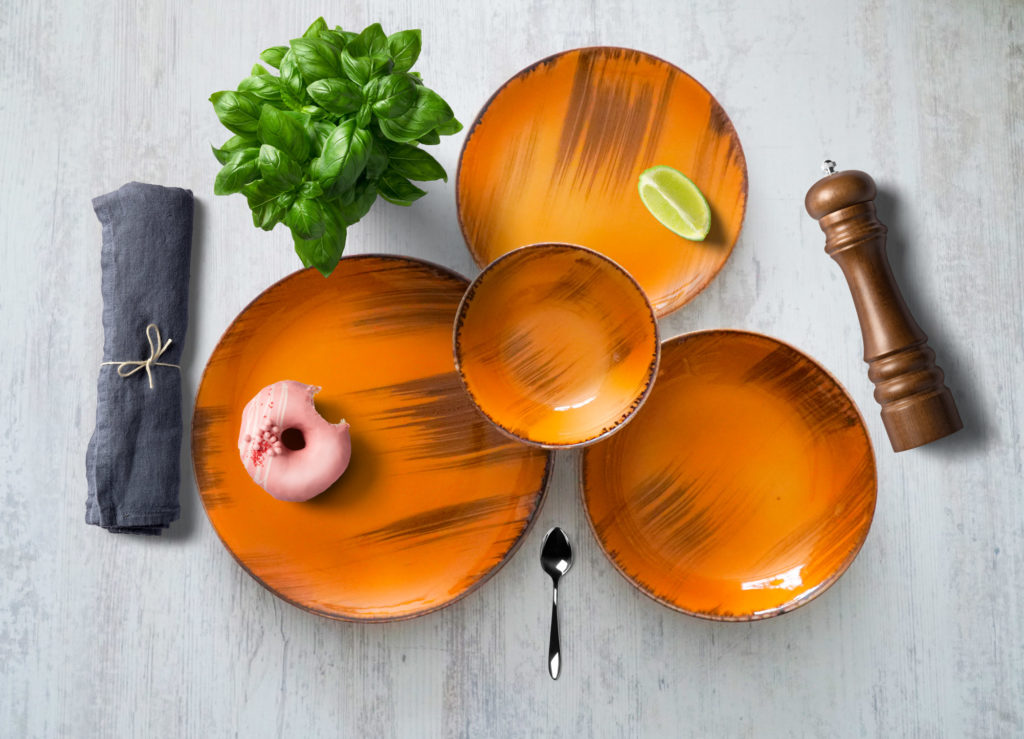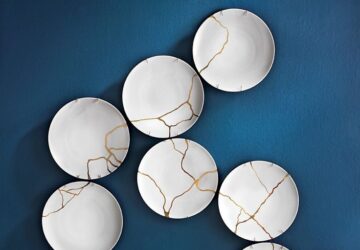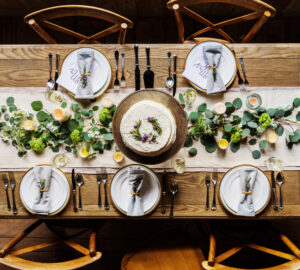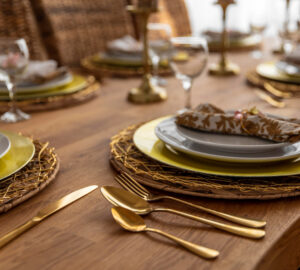Porcelain items have adorned the most elegant homes and tables for centuries. Fittingly, porcelain derives its name from the cowrie shell, known as the porcellana in Italian, due to its delicate, shell-like surface.
Typically, porcelain is produced from various natural minerals, including kaolin, a type of clay mineral. When fired in a kiln, the result is a delicate yet strong piece of pottery, usually with a white colour and almost translucent appearance.

“Porcelain is the most refined member of the ceramics family.”
The ceramics family includes a range of pottery, including earthenware and stoneware. Most ceramics have a hard consistency prior to firing; porcelain is softer, with a consistency similar to paste. This pliability makes it easier to shape the final product, though it also means that the production of porcelain is more complex. The precision, skill and attention required to create porcelain, as well as its durability and fineness, make it into one of the world’s most coveted ceramics. However, once completed, porcelain comes to life in products such as ornamental figures and various tableware.

“Porcelain attracted attention from its first appearance with its notable translucence and glassy surface, marking its owners with prestige, wealth and refinement.”
Porcelain is grouped into hard and soft porcelains, depending on the raw materials and firing temperatures. Durable hard porcelain, fired at high temperatures, is frequently preferred in the Horeca sector. Soft porcelain is more fragile, due to lower levels of kaolin. Featuring an elegant, delicate appearance, this type of porcelain is used in stylish home decor and tableware.
“The most important feature of porcelain is its translucence.”
Porcelain has been used by humans for centuries. Modern porcelain, available in a wide range of shapes and patterns, finds buyers all over the world. Its impermeable surface, scratch-resistance, and striking appearance, as well as its bacteria-resistant qualities, continue to make porcelain one of the most preferred ceramics.

“Porcelain products add style to functionality when combined with different paint and tile techniques. Porcelain is easy to shape during production and takes on a range of distinctive forms.”
Today, porcelain is frequently preferred in both homes and in the Horeca sector. In addition to elegant tableware, hand-painted porcelain objet d’art are beloved by consumers.
In the Horeca sector, porcelain products are utilized for a wide range of functions, thanks to a durable and stylish structure, resistance to breakage and scratching, and an appearance that remains consistent even after repeated cleaning in industrial dishwashers.

While porcelain products are fragile, they bring a distinctive elegance to home décor. Available in seasonally renewed forms, colours and patterns, porcelain lines consistently offer new products and excellent value and quality.
Discover the latest trends in tableware!
Stay in touch to follow the newest trends and tap into the world of the leading designers! Subscribe to our newsletter!







